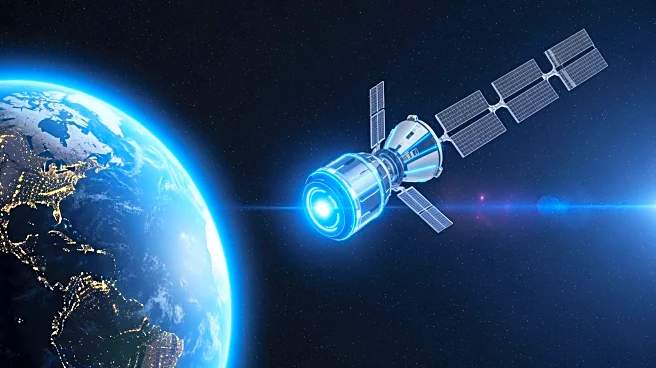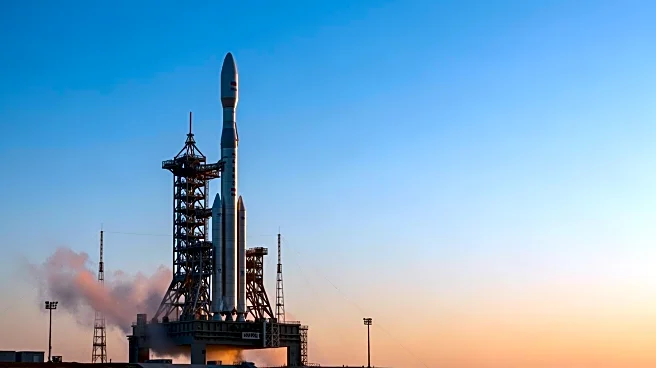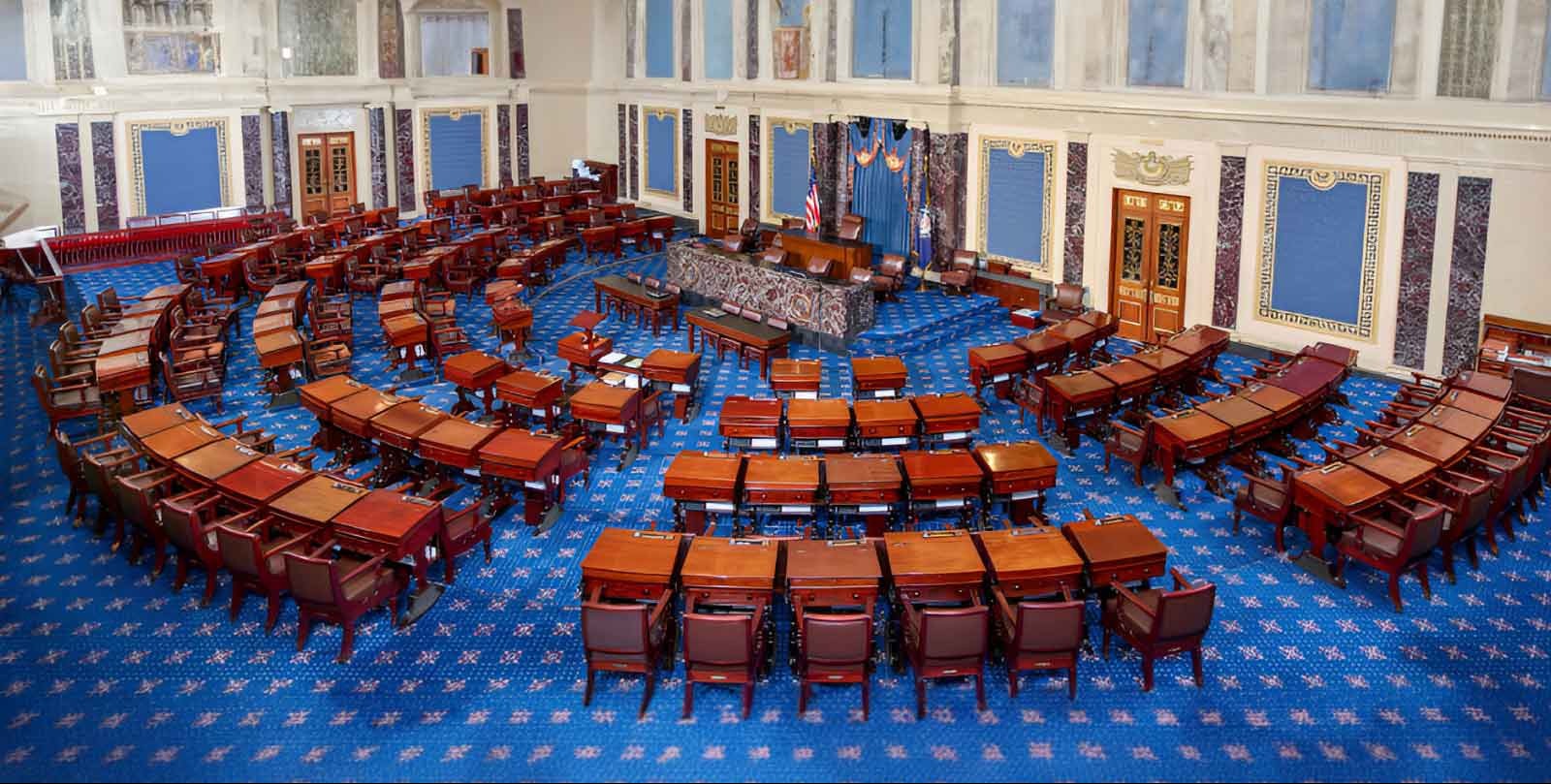What's Happening?
Amazon has rebranded its satellite initiative from Project Kuiper to Amazon Leo, reflecting its focus on low Earth orbit (LEO) operations. The rebranding comes as Amazon prepares to launch its commercial satellite service, aiming to compete directly with
SpaceX's Starlink. Amazon Leo plans to deploy around 3,000 satellites, with 153 already in orbit, and expects to launch commercial services in five markets, including the US, by the end of Q1 next year. The initiative aims to provide broadband services to underserved communities and support mobile operators and enterprise connectivity.
Why It's Important?
The rebranding to Amazon Leo signifies Amazon's strategic positioning in the satellite internet market, directly challenging SpaceX's Starlink, which has a significant head start. Amazon's entry into this market could drive competition, potentially leading to improved services and lower costs for consumers. The initiative also highlights Amazon's commitment to expanding digital connectivity, which could have significant implications for global internet access, particularly in remote and underserved areas.
What's Next?
Amazon plans to continue its satellite launches, with over 80 further launches anticipated to achieve its target constellation size. The company is also preparing to launch commercial services in multiple markets by the end of Q1 next year. As Amazon Leo expands, it may face regulatory challenges and competition from established players like SpaceX, which could influence its deployment strategy and market penetration.
Beyond the Headlines
Amazon's move into the satellite internet market raises questions about the long-term impact on global internet infrastructure and the potential for increased competition to drive innovation. The initiative could also influence regulatory policies regarding satellite deployments and spectrum usage, as more companies enter the space.
















